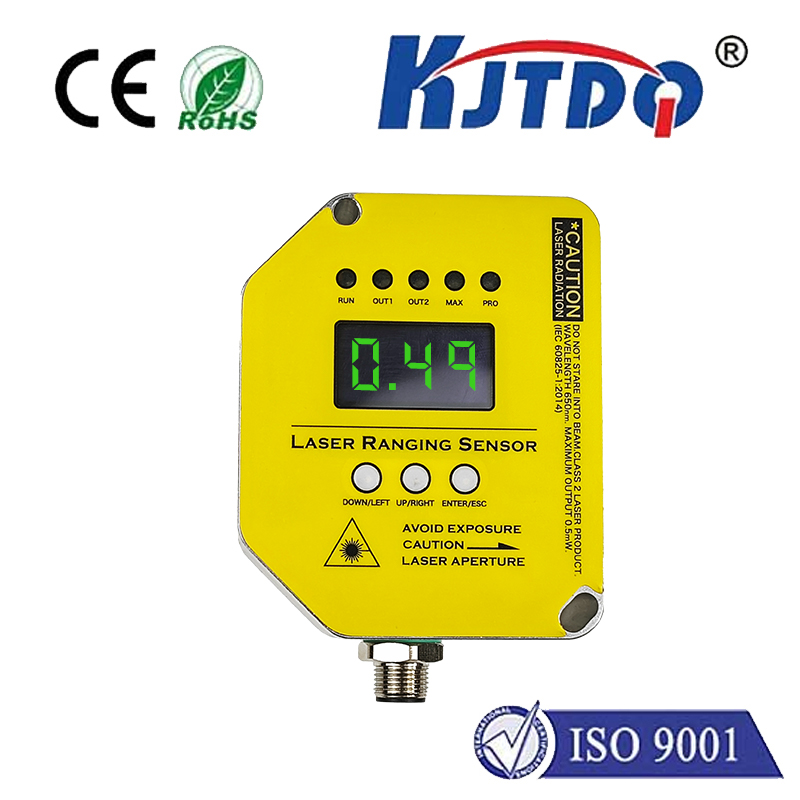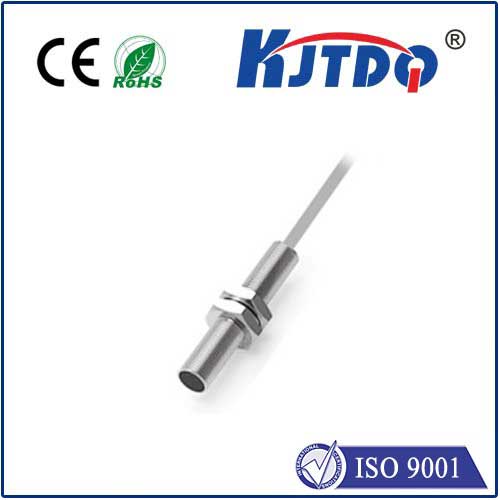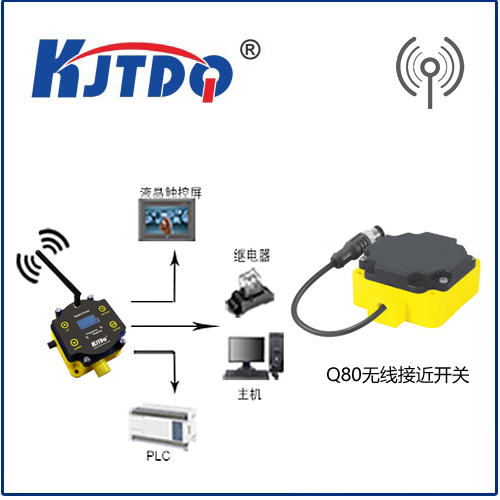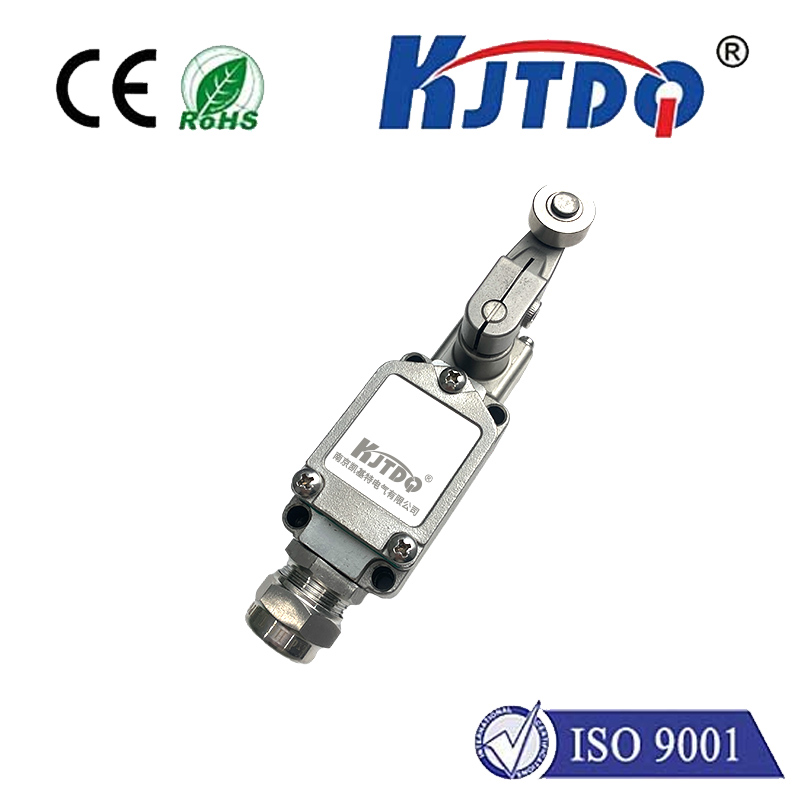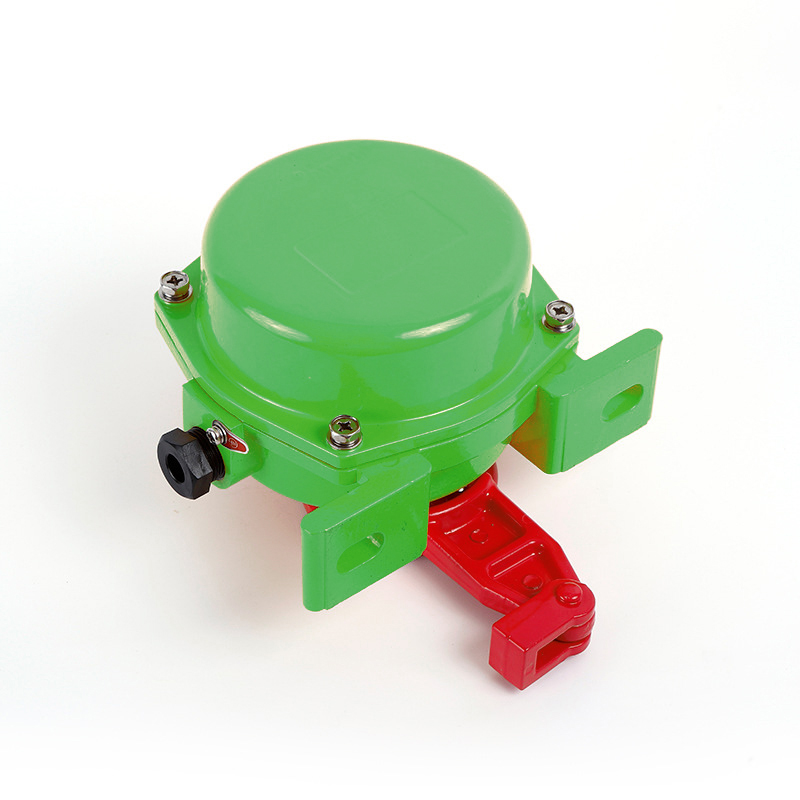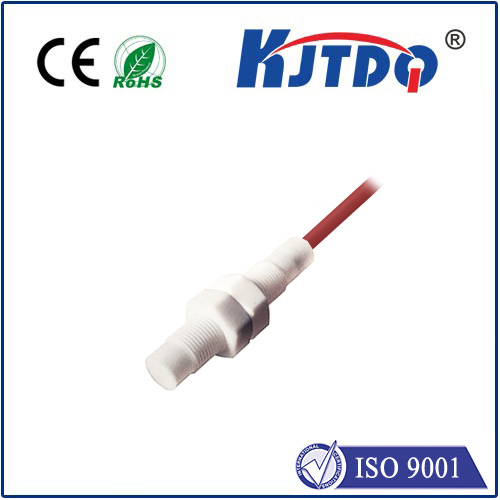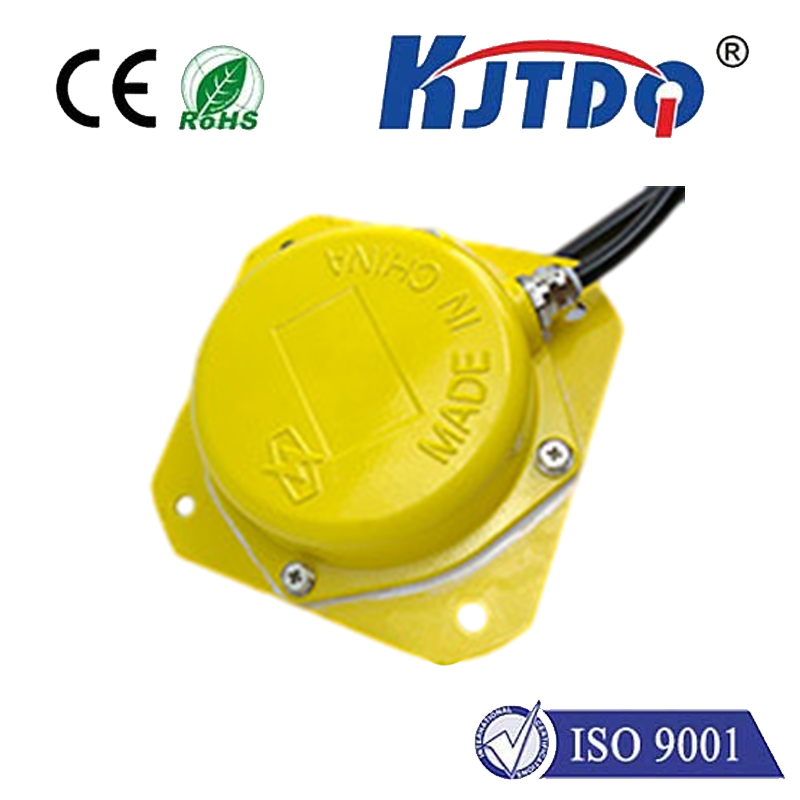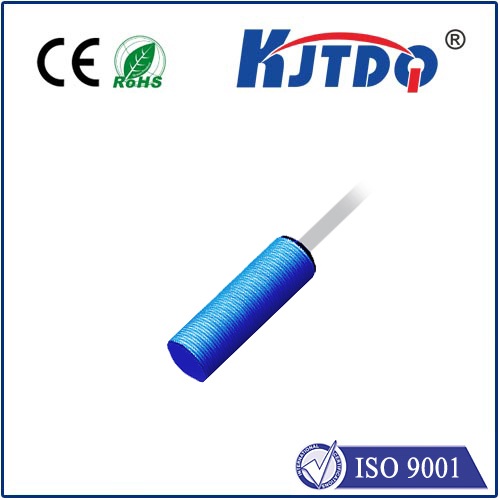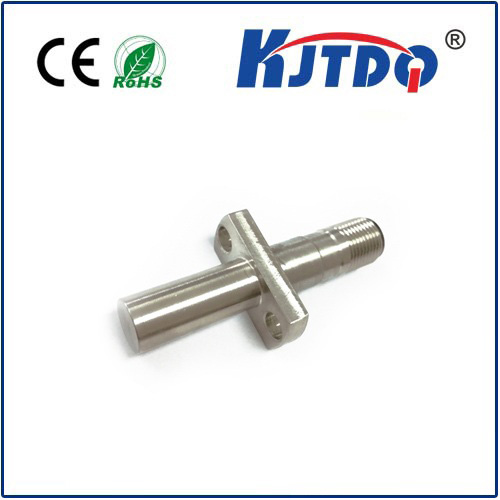лазерный доплеровский датчик
- time:2025-03-18 10:24:00
- Нажмите:0
Laser Doppler Sensors: The Precision Powerhouse Behind Modern Motion Detection
Imagine a world where machines can detect the slightest movement—a heartbeat through fabric, a vibration in a skyscraper, or the flow of blood in a vein—all without physical contact. This isn’t science fiction; it’s the reality enabled by laser Doppler sensors. These advanced devices are quietly revolutionizing industries from healthcare to aerospace, offering unparalleled accuracy in measuring velocity, vibration, and displacement. But how do they work, and why are they becoming indispensable in today’s tech-driven landscape? Let’s dive in.
The Science of Laser Doppler Sensing: How It Works
At its core, a laser Doppler sensor operates on the Doppler effect—the same principle that explains why an ambulance siren changes pitch as it passes by. When a laser beam strikes a moving object, the reflected light undergoes a frequency shift proportional to the object’s velocity. The sensor detects this shift, converting it into precise measurements of speed or displacement.
What sets these sensors apart is their non-contact nature. Unlike traditional mechanical sensors, they eliminate friction and wear, making them ideal for delicate or high-speed applications. For example, in semiconductor manufacturing, they monitor wafer alignment without risking contamination, while in automotive testing, they track tire vibrations at 200 mph.

Key Applications: Where Laser Doppler Sensors Shine
- Healthcare and Biomedical Engineering
Laser Doppler flowmetry (LDF) is a game-changer for monitoring microvascular blood flow. Clinicians use it to assess burns, detect circulatory disorders, and even study brain activity. Unlike invasive probes, LDF provides real-time data without disturbing tissue—a critical advantage in surgeries or neonatal care.
- Industrial Automation and Quality Control
In factories, these sensors ensure precision in tasks like robotic arm calibration or conveyor belt speed regulation. Their ability to measure sub-micron displacements makes them vital for inspecting microelectronics or detecting defects in aerospace components.
- Environmental and Structural Monitoring
From tracking vibrations in bridges to analyzing airflow in wind tunnels, laser Doppler vibrometers (LDVs) offer unmatched resolution. For instance, NASA employs LDVs to test spacecraft components under extreme conditions, ensuring reliability before launch.
- Consumer Electronics and Automotive Innovation
Emerging uses include gesture recognition in smartphones and adaptive suspension systems in cars. By detecting minute movements, sensors enhance user interfaces and vehicle safety.
Advantages Over Traditional Sensing Technologies
Why are industries shifting toward laser Doppler sensors? Here’s what makes them stand out:
- Unmatched Precision: Capable of detecting movements as small as nanometers, they outperform capacitive or inductive sensors.
- Non-Intrusive Operation: Ideal for fragile or hazardous environments, from cleanrooms to explosive atmospheres.
- Wide Dynamic Range: They handle speeds from micrometers per second to kilometers per hour without recalibration.
- Многогранный.: Compatible with diverse surfaces—metals, plastics, biological tissues, and even liquids.
However, challenges remain. Factors like surface transparency or ambient light interference can affect performance. Innovations like adaptive optics and multiwavelength lasers are addressing these limitations, pushing the boundaries of what’s measurable.
The Future: Smart Sensors and AI Integration
The next frontier for laser Doppler technology lies in IoT-enabled systems and AI-driven analytics. Imagine sensors that not only measure vibration but predict equipment failures using machine learning. Researchers at MIT recently demonstrated a prototype that integrates LDVs with neural networks to identify early signs of machinery wear—a breakthrough for predictive maintenance.
Another exciting development is miniaturization. Companies like Polytec and Omron are shrinking sensors to fit into wearable devices, enabling continuous health monitoring or enhancing augmented reality (AR) experiences through motion tracking.
Choosing the Right Laser Doppler Sensor
Selecting a sensor depends on your application’s needs:
- Диапазон частот: High-frequency models (up to GHz) suit ultrasonic or acoustic measurements.
- Spatial Resolution: Tightly focused beams are critical for small targets, like MEMS devices.
- Environmental Robustness: Look for IP-rated enclosures if operating in dusty or humid conditions.
Leading manufacturers, including Keysight Technologies and Micro-Epsilon, offer customizable solutions. Always prioritize calibration services—accuracy degrades over time due to thermal drift or component aging.
From lab benches to factory floors, laser Doppler sensors are redefining precision measurement. As industries demand faster, safer, and smarter solutions, these devices will continue to evolve—bridging the gap between theoretical physics and real-world innovation. Whether you’re an engineer, a researcher, or a tech enthusiast, understanding this technology is key to staying ahead in an increasingly data-driven world.

